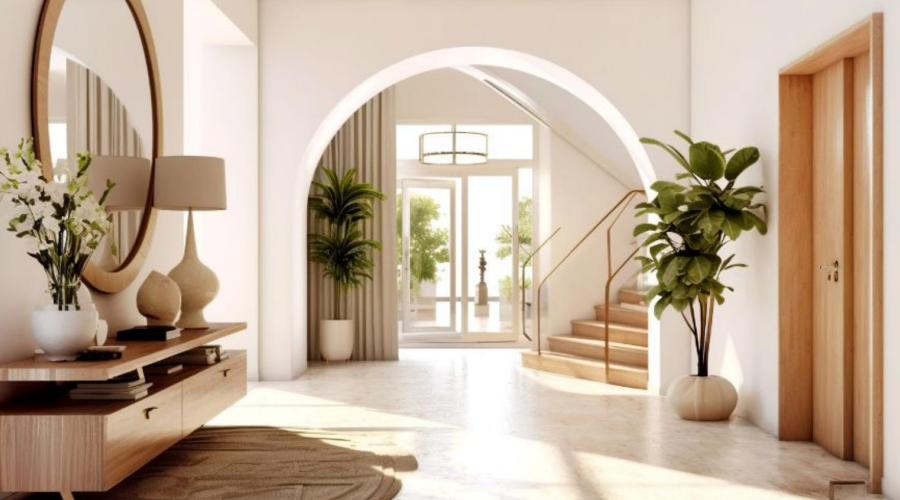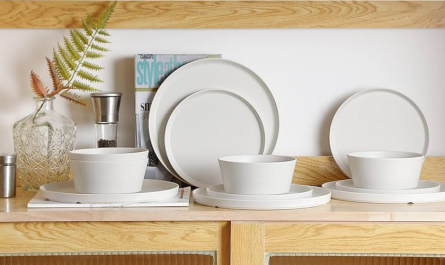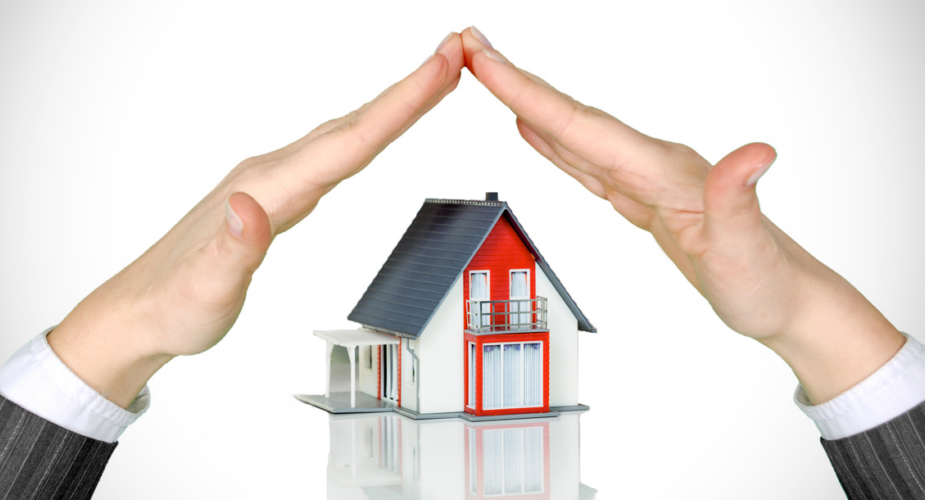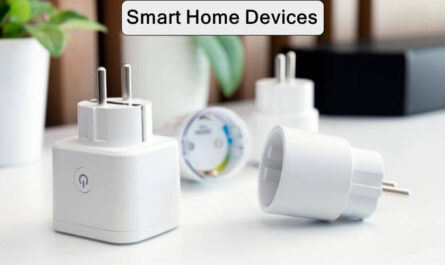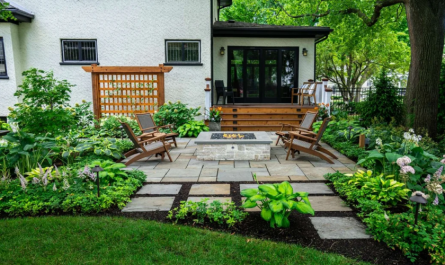In 2024, home design is evolving. Some trends are making a big splash, while others are fading away. Whether you’re planning a complete makeover or just refreshing your space, staying ahead of these trends can help you create a stylish, modern home.
Here’s a guide to what’s in and what’s out in home design for 2024.
What’s In: Bold Colors and Rich Tones
Say goodbye to the all-white interiors. 2024 is all about bold, rich colors. Jewel tones like emerald green, sapphire blue, and deep burgundy are making a strong statement. These colors bring warmth and luxury to any room. Accent walls and colorful furniture are the perfect ways to embrace this trend.
Why it works: Bold colors add depth and personality to a space.
Tip: Use colorful throw pillows or a vibrant rug to incorporate this trend without overwhelming the room.
What’s Out: Minimalist Monochrome Palettes
The minimalist, all-white or grey palette is on its way out. In 2024, homeowners are embracing more vibrant and diverse color schemes. While neutral tones will always have a place, they’re being paired with bolder hues rather than dominating entire spaces.
Why it’s fading: Too much neutrality can feel cold and uninspired.
Tip: If you love minimalist design, consider adding pops of color to keep it fresh.
What’s In: Sustainable Materials
Sustainability is at the forefront of design trends in 2024. Homeowners are opting for eco-friendly materials like bamboo, reclaimed wood, and recycled metal. Not only do these materials reduce environmental impact, but they also bring natural textures and warmth to your home.
Why it works: Sustainable design is both stylish and planet-friendly.
Tip: Incorporate sustainable materials through furniture, flooring, or accent pieces like lamps and décor.
What’s Out: Fast Furniture
Cheap, mass-produced furniture is losing its appeal. In 2024, the focus is on quality, durable pieces that stand the test of time. Homeowners are investing in well-made furniture that won’t need replacing every few years, choosing craftsmanship over trends.
Why it’s fading: Fast furniture is often low-quality and bad for the environment.
Tip: Invest in timeless, high-quality pieces that can evolve with your design style.
What’s In: Multifunctional Spaces
With more people working from home, multifunctional spaces are a major trend in 2024. Rooms are being designed to serve multiple purposes, such as home offices that double as guest rooms or dining rooms with hidden storage.
Why it works: Maximizing space and functionality is key for modern living.
Tip: Use modular furniture or room dividers to create versatile spaces that adapt to your needs.
What’s Out: Single-Purpose Rooms
Gone are the days of rooms serving just one function. In 2024, every square foot matters. Homeowners are rethinking how they use their space, especially with the rise of remote work and smaller living areas. Single-purpose rooms, like formal dining rooms, are becoming less common.
Why it’s fading: Versatility and efficiency are becoming more important than traditional room designations.
Tip: Reimagine unused rooms in your home to serve multiple functions.
What’s In: Curved Furniture and Architecture
Curves are making a comeback in 2024. Rounded furniture, arched doorways, and soft edges are becoming increasingly popular. This trend adds a sense of softness and flow to a space, breaking away from the rigid, straight lines of modern design.
Why it works: Curved designs create a more welcoming and cozy atmosphere.
Tip: Try incorporating a curved sofa or circular mirror to add a modern twist to your space.
What’s Out: Sharp, Angular Designs
The stark, angular lines of recent years are losing favor. In 2024, the emphasis is on creating softer, more organic shapes that feel inviting and comfortable. More fluid forms are replacing sharp corners and harsh geometric patterns.
Why it’s fading: Angular designs can feel too harsh and uninviting.
Tip: Swap out rigid furniture for more rounded, organic shapes to keep your space on trend.
Final Thoughts
Home design in 2024 is all about personality, sustainability, and functionality. Bold colors, eco-friendly materials, and versatile spaces are taking center stage, while monochrome palettes and fast furniture are falling out of favor. By staying ahead of these trends, you can create a home that’s both stylish and timeless.

